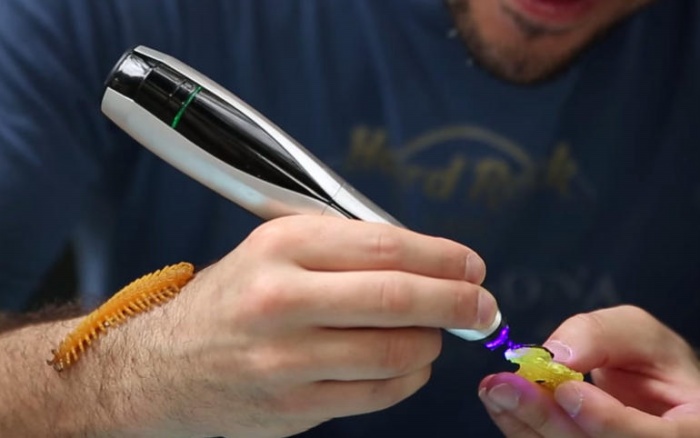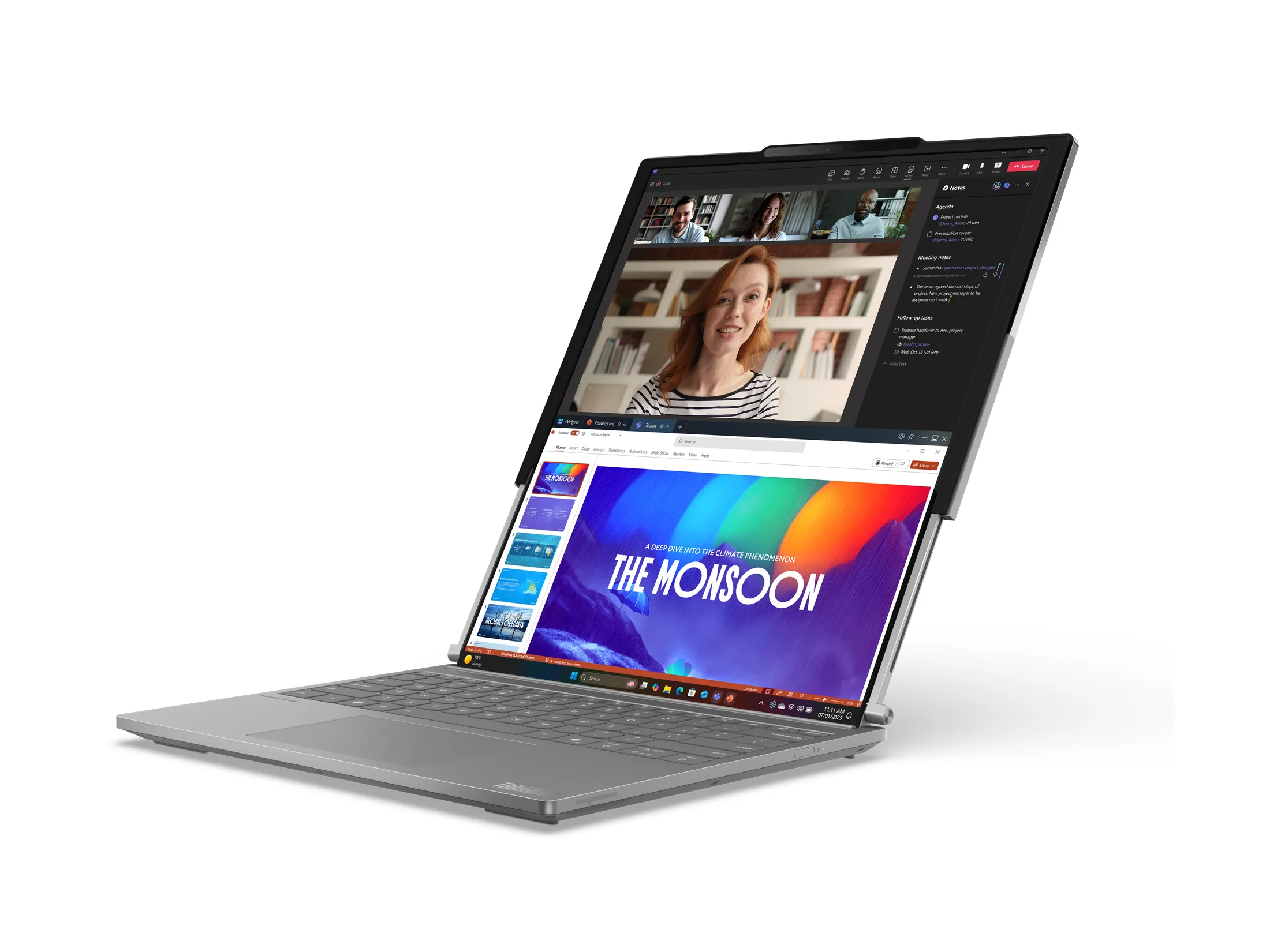Th 3D-printing pens we’ve seen thus far work by melting plastic “ink,” which then harden as it cools into whatever shape the user chose to draw or form. Think of it like a glue gun in pen form that extrudes plastic instead of glue, and there you go. Bringing something different to the table, however, is CreoPop.
CreoPop takes the heat out of the equation, and it’s all possible thanks to the type of plastic that it uses: a light-sensitive resin that hardens upon exposure to UV light. Since it doesn’t use heat, it opens the door for many more applications and makes it safer to use for those who are normally clumsy and for kids, too.
The CreoPop will be launching soon on Indiegogo, where a minimum pledge of $89 will get you one of your very own. A variety of inks is slated for release, including glow-in-the-dark plastic, elastic ink, magnetic ink, conducive ink, and temperature-sensitive ink, among others.
VIA [ C|NET ]











